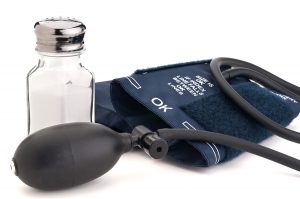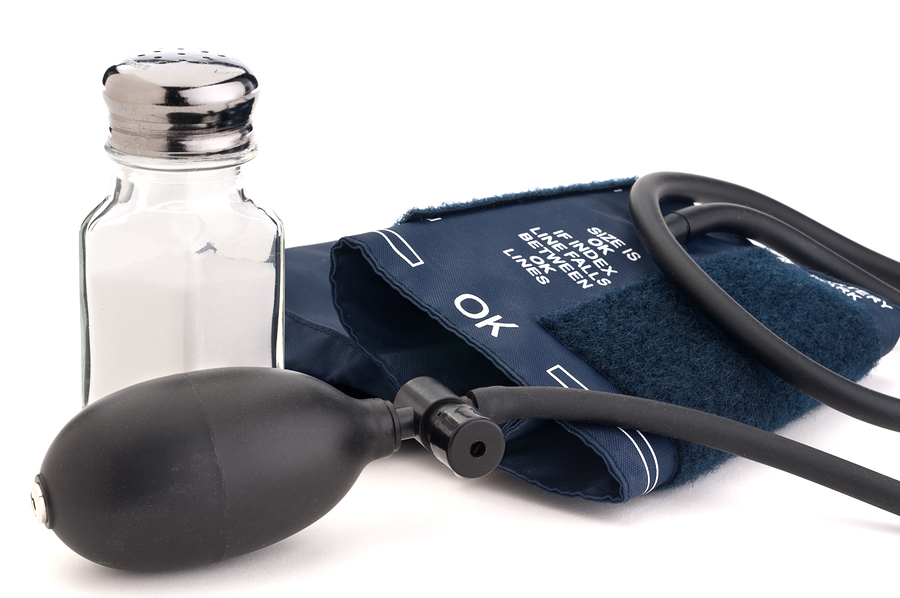Many people aren’t aware of how the foods they eat can affect their health. A diet for high blood pressure can make a huge difference in the levels that their blood pressure readings. Many foods contain hidden amounts of sodium that can raise blood pressure rapidly. Such foods are typically packaged and processed foods that are found in the midsection of the grocery store.
 The first step to a high blood pressure diet is to learn how to differentiate between high sodium foods and those that aren’t high in sodium. Learn to read the packaging. Sodium levels can vary from one company to the next. Even for the same product. Strive for low sodium foods and those that register no salt or low salt if buying pre-packaged foods.
The first step to a high blood pressure diet is to learn how to differentiate between high sodium foods and those that aren’t high in sodium. Learn to read the packaging. Sodium levels can vary from one company to the next. Even for the same product. Strive for low sodium foods and those that register no salt or low salt if buying pre-packaged foods.
The best goal is to strive for less than one teaspoon of salt per day. This is a mere 24000 milligrams of sodium. Avoid canned foods, lunch meats, and fast foods to help keep the sodium levels down. Choose salt-free seasonings and learn how to appreciate the true flavor of foods. Foods can be flavored with citrus, olive oil, sesame oil, and other seasonings.
Learn about the the DASH (Dietary Approaches to Stop Hypertension) diet. This diet consist of plenty of fresh fruits, fresh vegetables, and foods that are high in calcium, potassium, and magnesium. It also focuses on getting the right nutrition for overall better health. Eat plenty of fresh fruits and vegetables and strive to add more potassium and magnesium to the diet through the foods that are eaten.
The diet should also include plenty of legumes, nuts, fish, and poultry to help keep the blood pressure down. It’s important to focus on proper nutrition and plenty of exercises in order to control the blood pressure via the diet.
Avoid sodas that may have excess sodium. Drink plenty of water to help flush the body from toxins including sodium. You also want to stay away from red meats, processed foods, and sweets (except in minuscule amounts now and again). The goal should be to consume less than one tablespoon of sugar overall for the entire week. Keep in mind that sugar can be disguised in many products so watch labels and learn the sneaky terms that marketing companies use to slip sugars as well as sodium into the foods that are consumed.
Remember that even sneaking a few tastes per week of bad foods can alter the sodium levels in the body and consequently, raise your blood pressure. It’s simply not worth it when your are trying to keep your blood pressure in check.
For anyone who has been diagnosed with hypertension or pre-hypertension, talk to a nutritionist and learn healthier eating habits to avoid raising the blood pressure. Keep a food diary and write down what is eaten each and every day. As it’s eaten, be sure to write it down and keep track of the level of sodium. A diet for high blood pressure control is easy once a person gets the hang of it.

